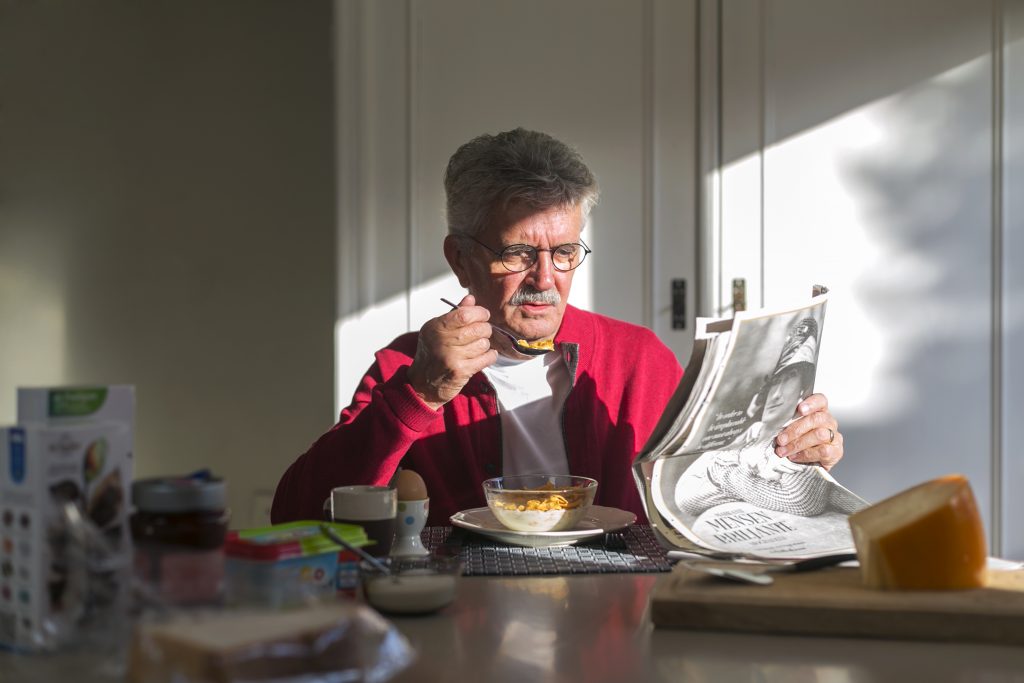
It is also important to prevent product loss resulting from consumer usage. You can do this by taking the question of how consumers handle the product-packaging combination into account during the packaging design process. You should make sure that the packaging does not inspire “unwanted” behaviour, for example food wastage or littering. Think of, for example, packaging materials that are hard to empty completely or packaging for beverages or food that is used out of the house, whose parts can easily become detached.
Vice versa, you can also design packaging materials in such a way that they simulate certain forms of sustainable behaviour. For example, individually packaged portions keep consumers from buying more food than they need. In trying to prevent food and product wastage, it is important to design sustainable packaging materials that are easy to empty, to ensure as little product as possible is left in the packaging upon its disposal. This process starts at the drawing board by keeping the question of how consumers will use your product-packaging combination in mind during the design stage.
Another option is to provide relevant information about the product’s shelf life. Research shows that leaving out the “best before” date on products with a long shelf life reduces food wastage by an average of 12%. It also shows that, on average, 31% less food is disposed of when the “best before” date is replaced with a text like “long shelf life.”
In addition to limiting product wastage, avoiding product loss is important in order to keep the packaging’s ecological footprint as small as possible. This can be achieved by thinking about the best way to use the product and dispose of and recycle the packaging during the packaging design process. More information can be found under 'Disposal behaviour'. The KIDV has also drawn up a guideline with tips for “design for recycling.”

